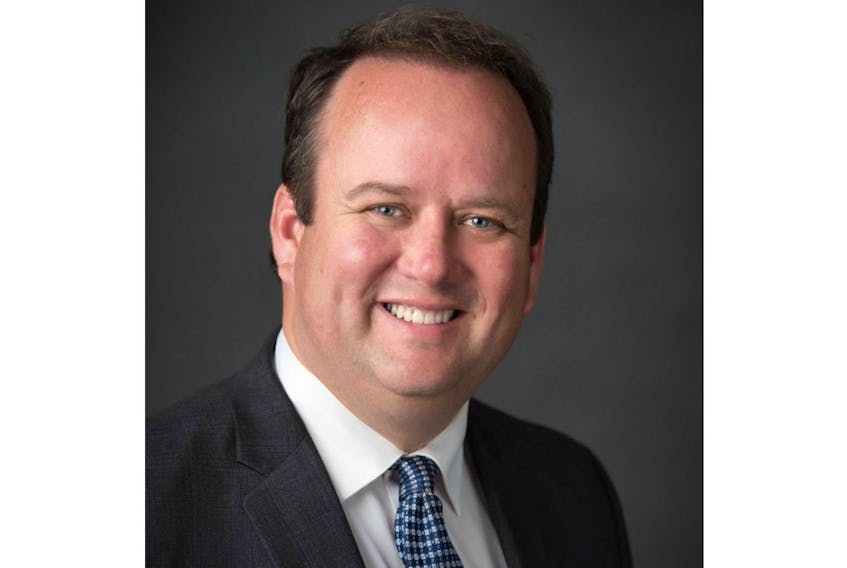Thousands of Canadians have opened a Registered Disability Savings Plan (RDSP) since the program was introduced in 2008.
Thousands more who qualify have not. Here’s what you need to know.
An RDSP is a federal government savings program that encourages parents and others to save for the long-term financial security of a person with a disability who is eligible for the Federal Disability Tax Credit (DTC).
The beneficiary and/or their family and friends can contribute to an RDSP and any investment growth and income those contributions generate will accumulate on a tax-deferred basis.
Contributions are not tax-deductible but can be made by anyone authorized by the holder of the plan up to maximum lifetime contributions of $200,000 per beneficiary.
The Canada Disability Savings Grant (CDSG) is a matching program where a grant of up to 300 per cent of contributions may be available, depending on the amount contributed and the family income of the beneficiary.
The maximum annual grant room generated per year is $3,500, to a lifetime maximum of $70,000 received per beneficiary.
The Canada Disability Savings Bond (CDSB) is available to low- and modest-income Canadians irrespective of plan contributions.
The maximum annual bond room generated per year is $1,000, to a lifetime maximum of $20,000 received per beneficiary.
When money is paid from an RDSP to the beneficiary with a disability, it is called a Disability Assistance Payment (DAP).
DAPs are one-time lump sum payments from the RDSP to a beneficiary or a beneficiary’s estate, but they are restricted when the plan value consists primarily of government-funded benefits. Lifetime Disability Assistance Payments (LDAPs) are annual payments that must begin no later than the end of the calendar year in which the beneficiary turns age 60.
The portion of the DAP that relates to regular contributions is non-taxable.
The rest, which relates to the federal contributions (CDSB and CDSG) and income or growth from the RDSP account, will be taxed as income to the beneficiary.
Except in cases where the beneficiary has a diminished life expectancy, RDSP withdrawals will result in a proportional repayment of CDSG and CDSB paid into the plan in the 10 years preceding the withdrawal. The best strategy is start contributing early and leave the money in the plan for at least 10 years.
DAPs do not affect eligibility for Canada Pension Plan Disability benefits or federal income-tested benefits, and most provincial and territorial social assistance programs exempt RDSPs/DAPs from their asset and income eligibility tests.
RDSPs are worth considering if you or a family member lives with a disability.
Talk to your professional advisor about what’s best for your situation.
Jeff Somers, BA, RRC, CFP, works at Investors Group in Charlottetown. This column is written and published by IG Wealth Management as a general source of information only. It is not intended as a solicitation to buy or sell specific investments or to provide tax, legal or investment advice. Contact your own adviser for specific advice about your circumstances.









